Pakistan Here and Now Delves into Pakistani Society
By Elaine Pasquini

Washington: Pakistan Here and Now: Insights into Society, Culture, Identity and Diaspora is an eclectic collection of essays co-edited by poet and civil society activist Harris Khalique and researcher and development practitioner Irfan Ahmed Khan. Six prominent authors contributed on topics ranging from film, music and culture to education and the diaspora.
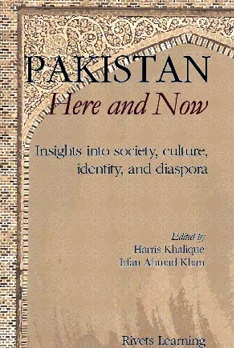
On January 18, the United States Institute of Peace hosted three of the contributing writers to discuss this recently-released collection.
“This book has a very rich discussion on what shapes contemporary Pakistan and what implications it has on our daily lives,” said moderator Adnan Rafiq, who serves as country director for Pakistan at the US Institute of Peace, noting that Pakistan still grapples with the recent Taliban takeover in Afghanistan as well as increasing extremist tendencies in neighboring India.
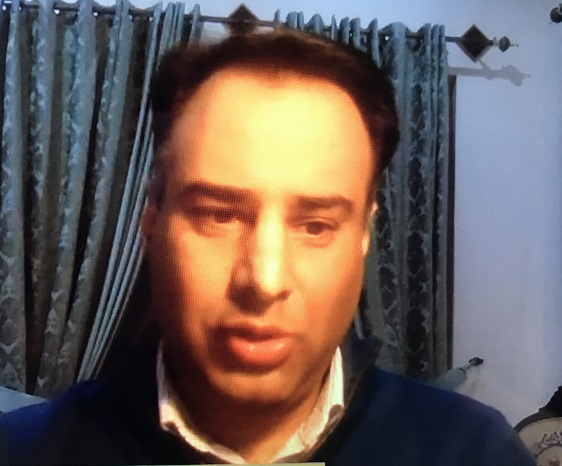 |
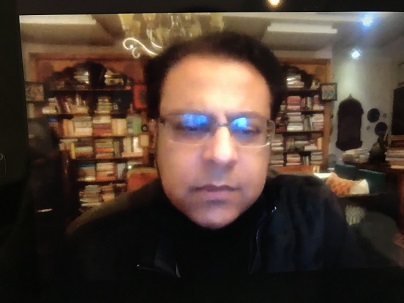 |
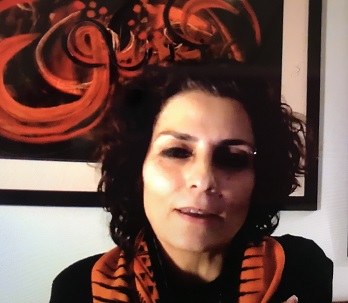 |
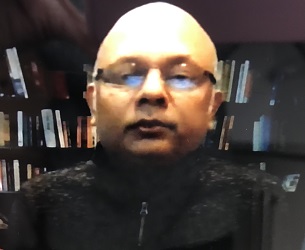 |
Adnan Rafiq |
Salman Asif. |
Fatimah Ihsan |
Harris Khalique |
“We will look at the geneses of these problems by looking at the cultural, historical and political factors and how they have shaped over the past many decades to culminate in its current form, and how diaspora forms its sense of identity and how some of the contemporary cultural political trends shape the worldview and actions,” Rafiq said.
Coming from a communist Marxist background, but now a practicing Sufi, Fatimah Ihsan, head of the gender studies department at Islamabad’s Quaid-i-Azam University, writes through a Sufic lens. “Sufis tend to look past gender…however, liberation and the idea of freedom is not attached to any particular gender, but is something any person can attain,” she said.
When the concepts she writes about – love, mysticism and how colonialism attacked the culture of pluralism in South Asia – are presented to a new generation of Pakistanis, they often assume that these are “Western concepts without realizing how pluralistic and liberal the society was,” Ihsan explained.
In his essay, author, playwright, cultural critic and documentary filmmaker Salman Asif shared his insights on Pakistani cinema.
“The new wave cinema has undertaken some very interesting experiments, some of which are very bold, for example, the question of gender identity, migration, dissent, youth empowerment, resistance to forms of abuse by authority, harassment and bullying,” he said. “But new wave cinema remains…within the realm of extremely urban filmmakers, largely for urban cinema audiences.”
His essay tracks the history of Pakistani cinema from 1947 when Pakistan became independent and compares the last 70 years of the country’s filmmaking with nearly a quarter of a century of cinematic trajectory prior to 1947.
Looking at how racial, ethnic and religious diversity was portrayed prior to 1947 and what happened after 1947, Asif explained: “Religious, ethnic, racial diversity and pluralism have lived at times comfortably, at times not so comfortably…on the subcontinent of India, Pakistan and Bangladesh for centuries,” he said.
Looking at Pakistani society through a broader lens than the media does was one of the objectives of the anthology, said Harris Khalique, poet, civil society activist and co-editor of Pakistan Here and Now, who contributed an essay on Pakistani diaspora across the world. “The idea was to look at Pakistani society not from a strategic security lens…or political affairs but we tried to look at the Pakistani society through a cultural and historical lens,” he said. “We tried to make this collection different by having contributors who are not simply academics, but also cultural observers and critics.”
The book includes essays by cultural commentator Naazir Mahmood; Navid Shehzad, a leading actor of Pakistani film and television; popular fiction writer Zahida Hina; and filmmaker and Dawn magazine editor, Hasan Zaidi.
We attempted to “bring together the ideas of those who can influence how people think and not from a news media perspective or opinion makers or influencers you find in the news media, but people who have ideas and can go beyond the immediate and try to understand the structural and cultural issues, the post-colonial problems that we face,” Khalique said, “and to take us beyond the immediate and speak about the immediate in a historic context and look at the future because as much ability as you have to look into the past actually helps you look into the future as well and understand the present as well.”
In order to reach as broad an audience as possible, including policymakers, students or scholars, the book has both English and Urdu editions.
Khalique has written extensively about the Pakistani diaspora, which he described as “not a monolith.”
The Pakistani diaspora consists of several types, Khalique explained. There are migrant laborers – 90 percent in the Middle East, but some in Afghanistan, east Africa, Japan, the Far East, and China. These are workers who will eventually return to Pakistan, he explained, and whose rights are “usurped” in the countries where they work.
In addition, there are professionals – doctors and others –working in the Middle East, but the majority are either skilled or unskilled laborers working on the oilrigs or on road construction projects, he added.
And lastly, there are students, journalists and other professionals who are living in exile because of their political views.
Pakistan Here and Now was “an attempt to understand Pakistan as a part of the larger Muslim majority societies and to focus on some of the unique issues of sub-nationalism, ethnicity, linguistic diversity and cultural diversity that we see in Pakistan,” Khalique said. “We have been successful in raising some pertinent questions and also in making people think, debate, agree and disagree with us.”
(Elaine Pasquini is a freelance journalist. Her reports appear in the Washington Report on Middle East Affairs and Nuze.Ink.)
-----------------------------------------------------------------------------
Back to Pakistanlink Homepage

